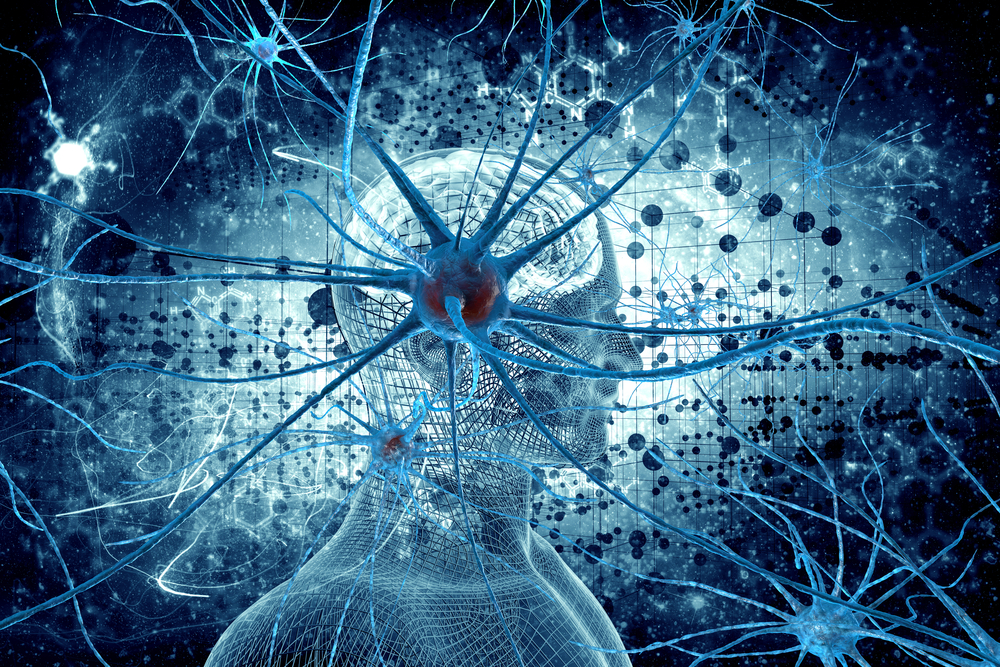Review On The Link Between Autophagy And ALS

Researchers at Università degli Studi di Milano in Italy recently published in the journal Cells a review regarding the link between autophagy and amyotrophic lateral sclerosis (ALS). The study is entitled “Autophagy and Neurodegeneration: Insights from a Cultured Cell Model of ALS”.
Autophagy (“self-eating”) is a highly conserved and tightly regulated quality control system in which cellular waste (harmful or dysfunctional cellular components but also pathogens) is specifically identified and eliminated. Autophagy is crucial for the maintenance of homeostasis. It is thought that several neurodegenerative diseases, including ALS, are linked to a dysfunctional autophagy and consequent altered protein degradation.
ALS is characterized by the gradual degeneration and atrophy of motor neurons in the brain and spinal cord. A typical feature of ALS is the accumulation of a protein called TDP43, which is toxic to cells in high concentrations. ALS patients may become totally paralyzed and the majority dies due to respiratory failure within two to five years after diagnosis. It is estimated that there are 30,000 American ALS patients, and currently there is no cure for the disease.
According to the authors, autophagy plays a crucial role in the clearance of aggregate-prone mutant proteins which are known to contribute for the development of several neurodegenerative diseases, as is the case of TDP43 aggregates and ALS.
The team has recently found new insights into a gene called VAPB (vesicle-associated membrane protein-associated protein B) and its role in ALS pathogenesis. Researchers found that a mutant form of the VAPB protein (P56S-VAPB), linked to a rare form of familial ALS, induces the formation of unusual intracellular inclusions. Interestingly, different from other inclusion bodies linked to neurodegenerative disorders, these unusual inclusions were found to be easily cleared by cells and did not affect protein degradation pathways like autophagy. The results led the team to suggest that the slow onset of P56S-linked familial ALS is not a consequence of the progressive accumulation of VAPB mutant protein over time. But then, what causes it?
The team suggests that haploinsufficiency might be the answer. Haploinsufficiency is when only a single copy of a gene is functional (and the other copy inactivated by a mutation), and this active copy is unable to produce enough gene product as a normal functional gene would do, leading to an abnormal or diseased state. Researchers suggest that further studies should be conducted to confirm this theory.
The authors concluded that autophagy plays an important role in clearing protein aggregates that may lead to neurodegenerative diseases like ALS. Furthermore, they report the unusual case of a mutant form of VAPB, which causes an inherited type of ALS, that is not toxic for neurons and suggest that disease pathogenesis in this case might be caused by haploinsufficiency.






